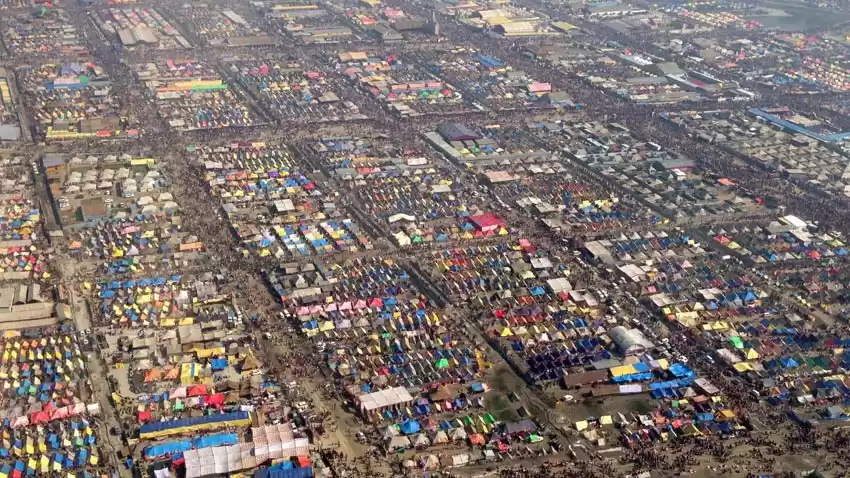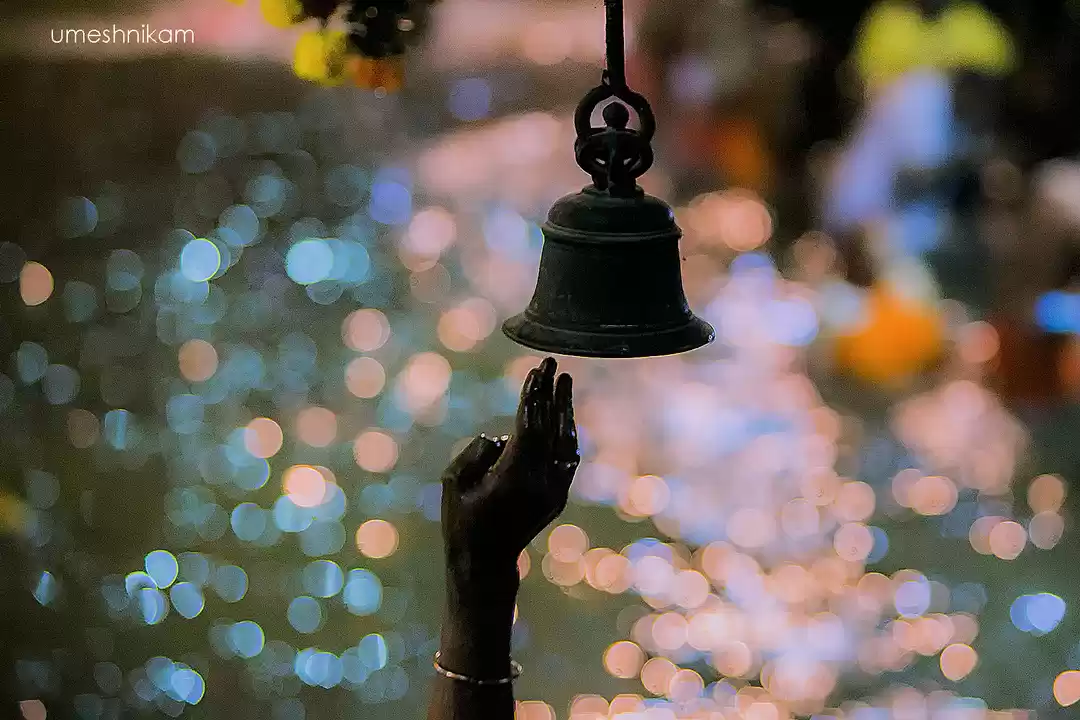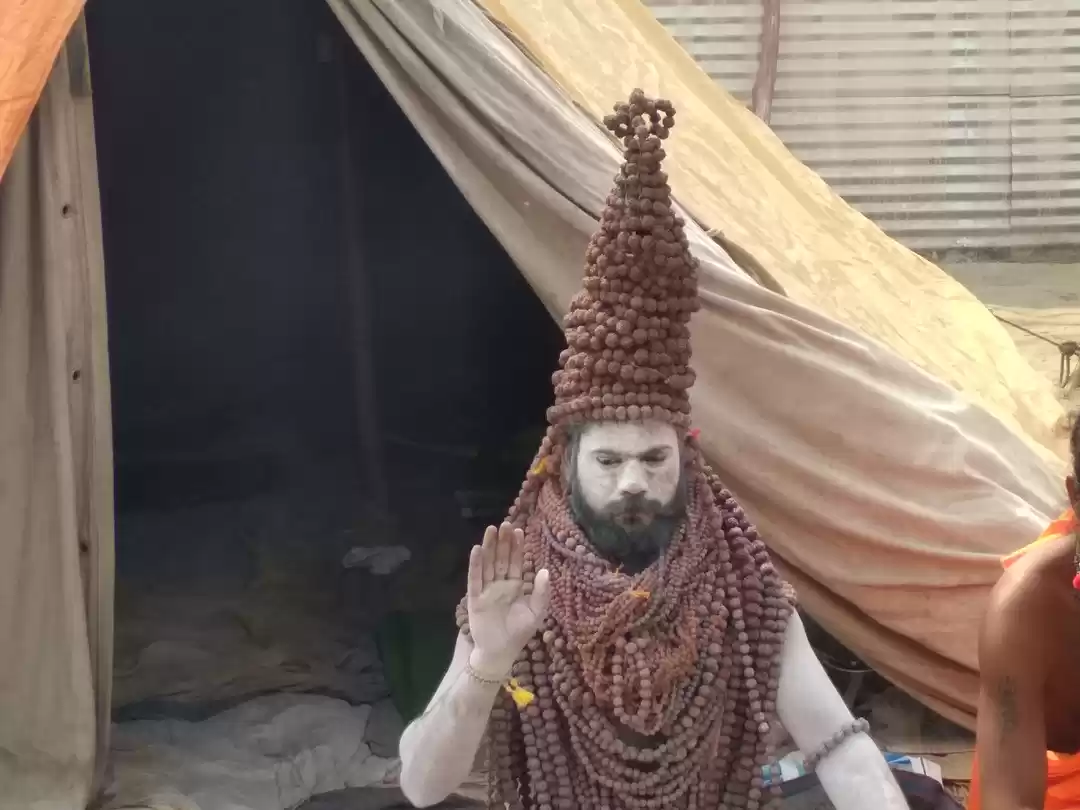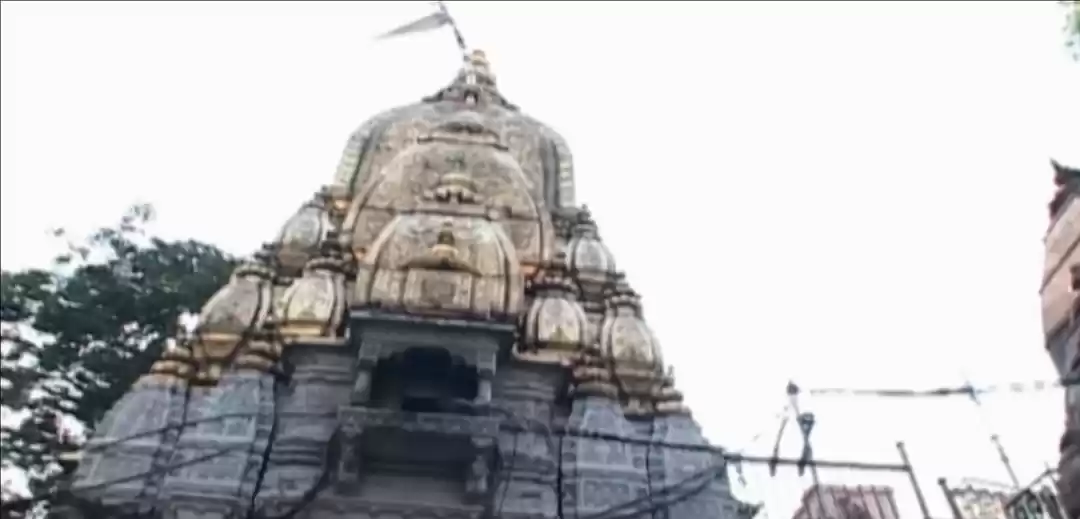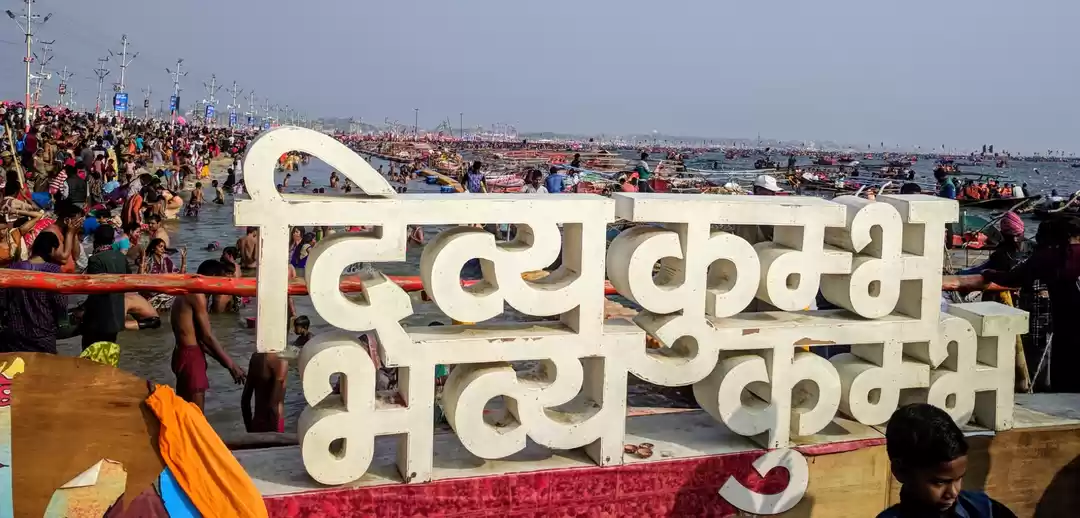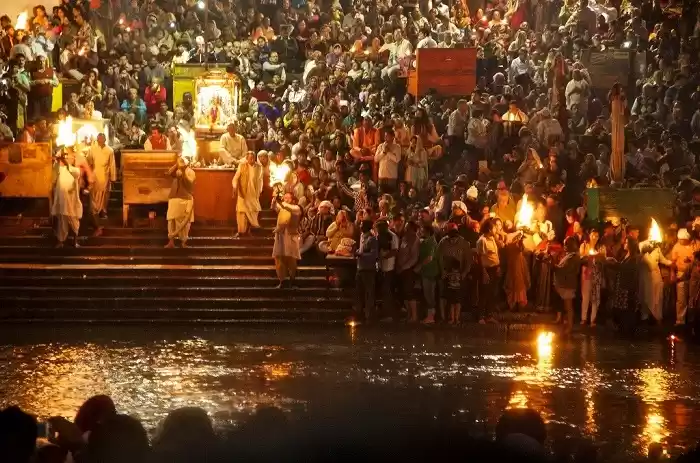The historic Kumbh Mela 2019 is all set to be organised at the famous confluence (sangam) in Prayagraj, formerly known as Allahabad. The religious pilgrimage would take us back to yet another legend from the ancient Vedic scriptures. The Kumbh Mela has its origin from the sequence of Samudra Manthana which holds much importance in the Hindu mythology. On losing their strength, the Demigods fell weak and fear got the better of them. The only solution to this frailty was Amrit or the nectar of immortality. This was the only time when they joined hands with their nemesis, the Demons, to churn the primordial ocean of milk(Ksheera Sagara). In return, the Demigods had promised the Demons an equal share of the nectar.

Credit- Flickr
The predominant tussle between the Gods and their arch enemies resumed when the Kumbh(pot) full of nectar finally emerged out of the ocean after 1000 long years of struggle. Fearing the Demons’ intentions, the Demigods took away the urn and fled. According to the myth, this was when the twelve-day long chase began between the deities and the devils. It was during this course that drops of the nectar dripped on Haridwar, Allahabad, Ujjain and Nashik. This myth has stood the test of time, and has been passed over generations as the history of the Kumbh Mela. These four places are now the destinations for one of the world’s largest auspicious pilgrimage.
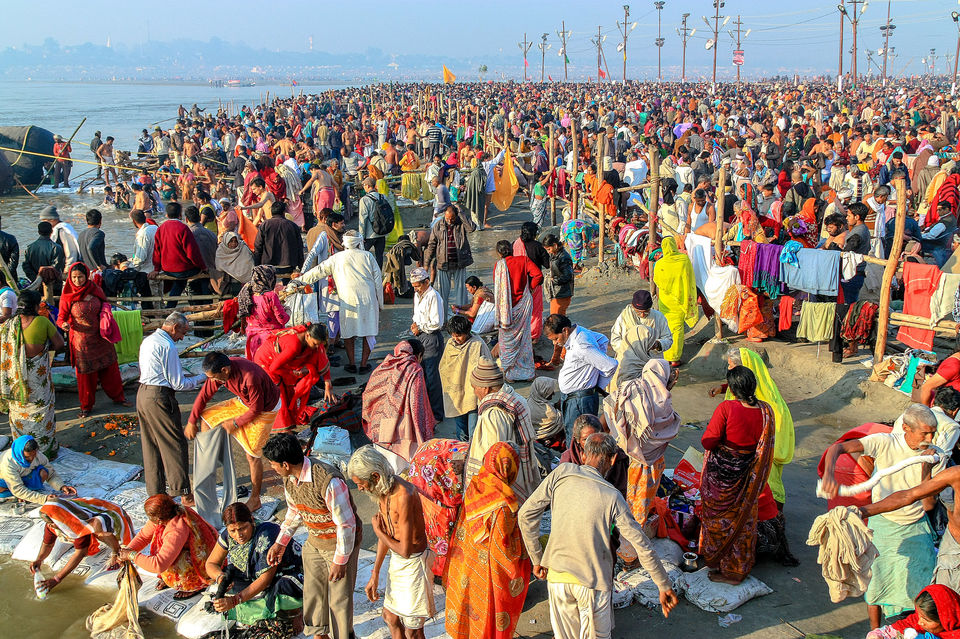
Credit- Flickr
What is Kumbh Mela? The Kumbh Mela is a prodigious gathering to commemorate the pious event of the Samudra Manthan and its aftermath. The twelve days of the Gods is equivalent to twelve years of the mortal world. This is the reason why the Kumbh Mela is held once in every twelve years. The venues for the carnival are on the banks of river Ganga at Haridwar, river Godavari at Nashik, the confluence of river Ganga, Yamuna and Saraswati at Allahabad and river Kshipra at Ujjain. A ceremonial bath in these holy rivers is considered as the most important ritual of this festival. It is believed that the rivers turn into areas of sanctity during these holy time stretches. A dip is believed to provide a pilgrim an opportunity of washing away all his sins in the river of salvation.
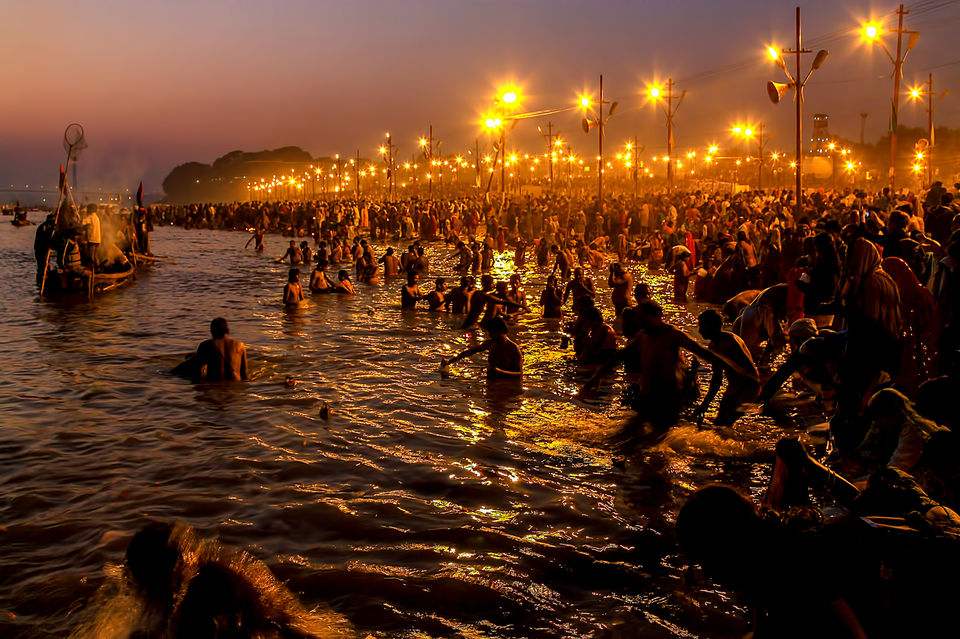
Bathing in the holy waters
Credit- Flickr
Kumbh Mela 2019 will mark yet another year of the periodical journey. When Jupiter enters the constellation Aries and the Sun and the Moon are in Capricorn, the Kumbh festival is held at Prayag on new moon. When the Sun is in Capricorn and Jupiter enters in to Taurus, the festival is held at Prayag.
Prayagraj Kumbh Mela 2019 dates: 15 January - 4 March

Ganga Aarti at Maha Kumbh Mela,2013
Credit- Flickr
Ask anyone what is Kumbh Mela and he would say it is the biggest religious fair in the world. It is also hallowed as the world’s most massive act of faith. Attended by millions of people, there is something mystical about the air of the Kumbh. It is where calm meets chaos. Overcrowded trains and buses, cars and even private helicopters bring in wave after wave of people to attend the riverside festival. Some even carry their own camping equipment and stay for the entire stretch of the fair. This spectacle of religious conviction has aroused curiosity in domestic as well as foreign tourists for centuries now. Hiuen Tsang, the Chinese traveller of the seventh century has mentioned Kumbh Mela in his diary and that is the first time ever that this festival was documented. Kumbh Mela history is still being created in terms of roaring footfall with every passing year. The estimated number of people that attended the religious event at Allahabad in 2013 was 120 million. The Kumbh Mela 2019 administration is expecting approximately five crore people from all over the country.

Credit- Flickr
Saffron becomes the colour of the season. Colourful flags and banners flow over the throngs of people. Saints clad in saffron chant the glory of river Ganges. Bands play and people dance in euphoria. Enchanting rhythms of conch shells and mantras engulf the air around the mela. At sundown, the sky becomes red-yellow with an orange sun floating over the river and innumerable silhouettes pressed against the dimming sky. What provides a sharp contrast to the social constructions of India are the Nagas who are naked saints heading the processions.

Credit- Flickr

Naga Sadhus
Credit- Flickr
The ritual of bathing at the Sangam is at the heart of what Kumbh Mela 2019 is all about. There is absolutely no end to the mass who are waiting patiently for their turn to take a plunge in the holy waters. Saints with matted locks of hair, bodies covered in ashes and with tridents in hand are everywhere. Astrologers, palmists, snake-charmers and the list never ends, there is no scope for a dull moment at the carnival. One has to attend this enthralling affair to actually understand the enormity of the unique combination of peace and chaos that rightly underscores the religious faith Kumbh is based on.














